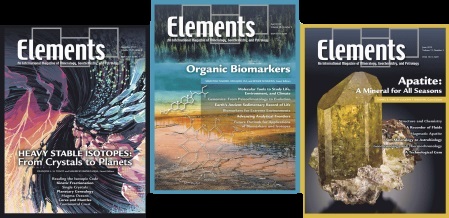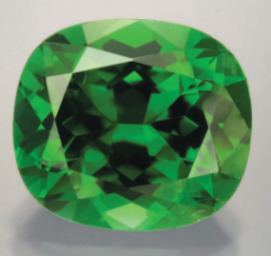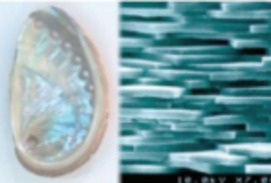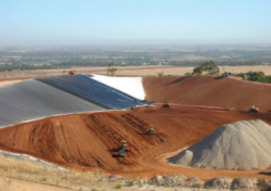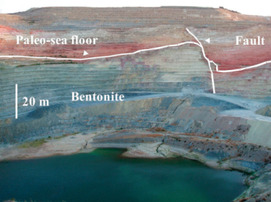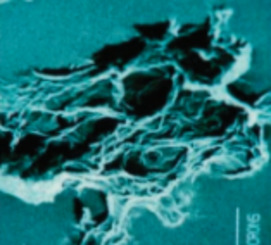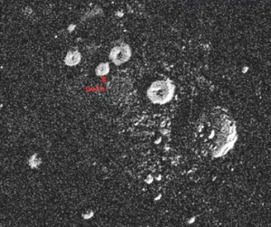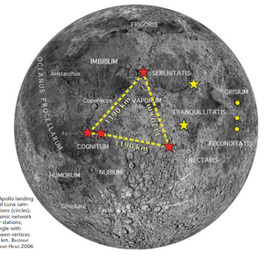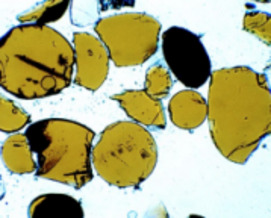Gemology: The Developing Science of Gems
Prompted by the increasing number of laboratory-grown gems and the growing sophistication of treatments of natural stones, gemology has evolved into a science of its own. The discipline is rapidly incorporating relevant aspects of materials science and chemistry, and it is consolidating its activities and its terminology. Gemology is becoming an important area of specialization for mineralogists. If the study of beautiful, fashioned materials seems frivolous to some, it is worth noting that 20 to 25 billion dollars per year are at stake, and the study of natural gem materials and their treated and manufactured counterparts is essential in order to avoid frauds and protect the consumer.
Gemology: The Developing Science of Gems Read More »

